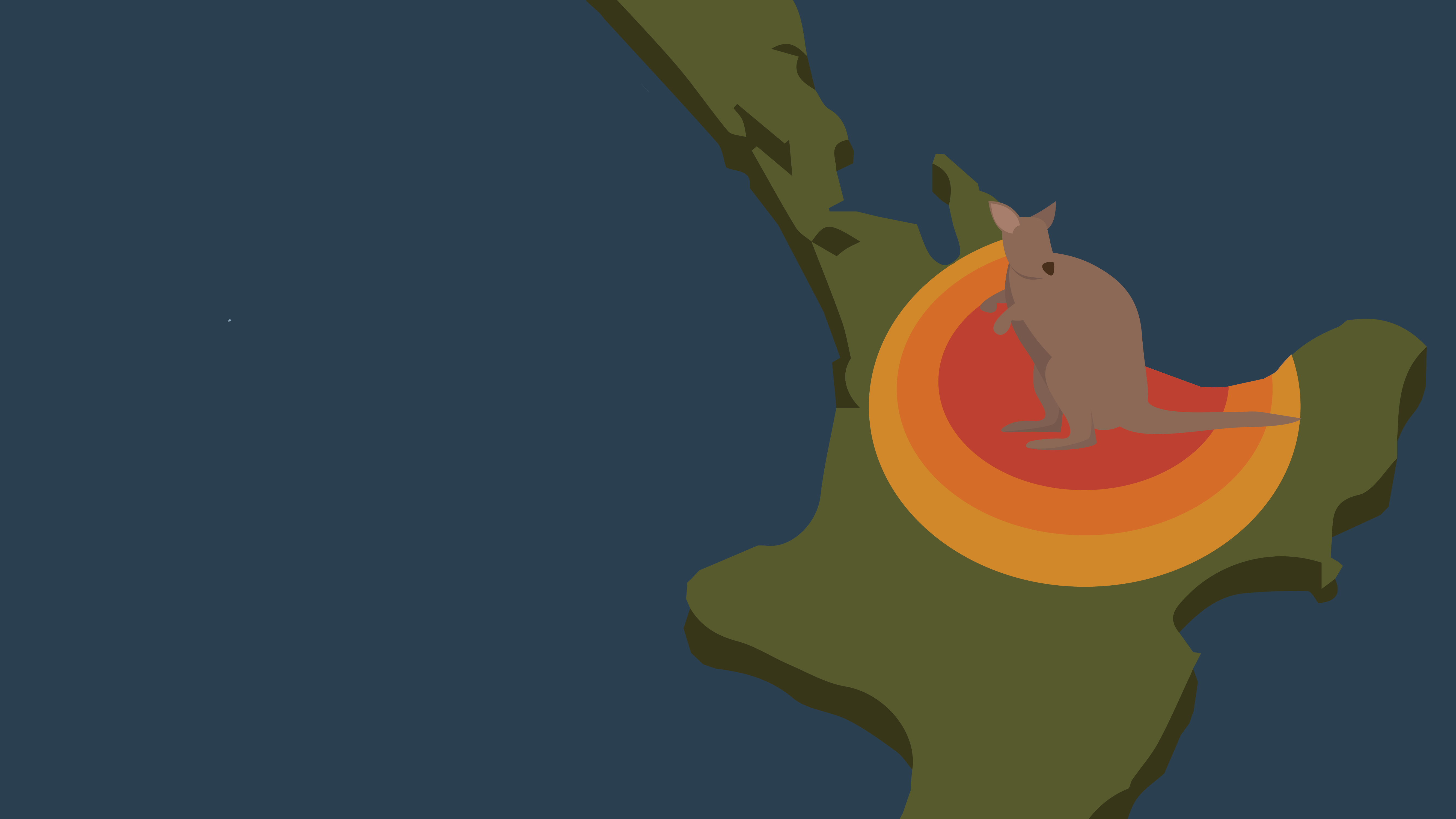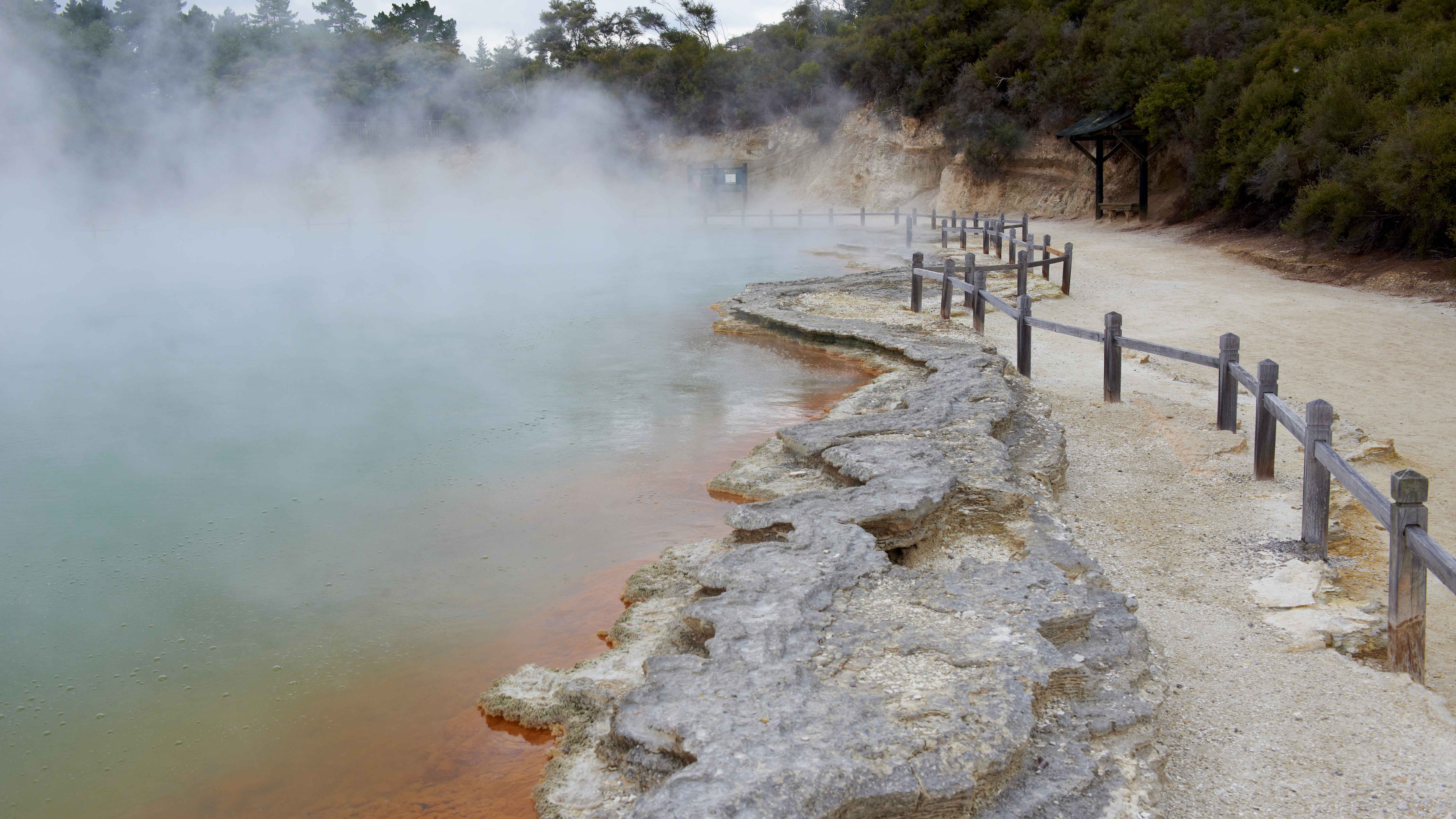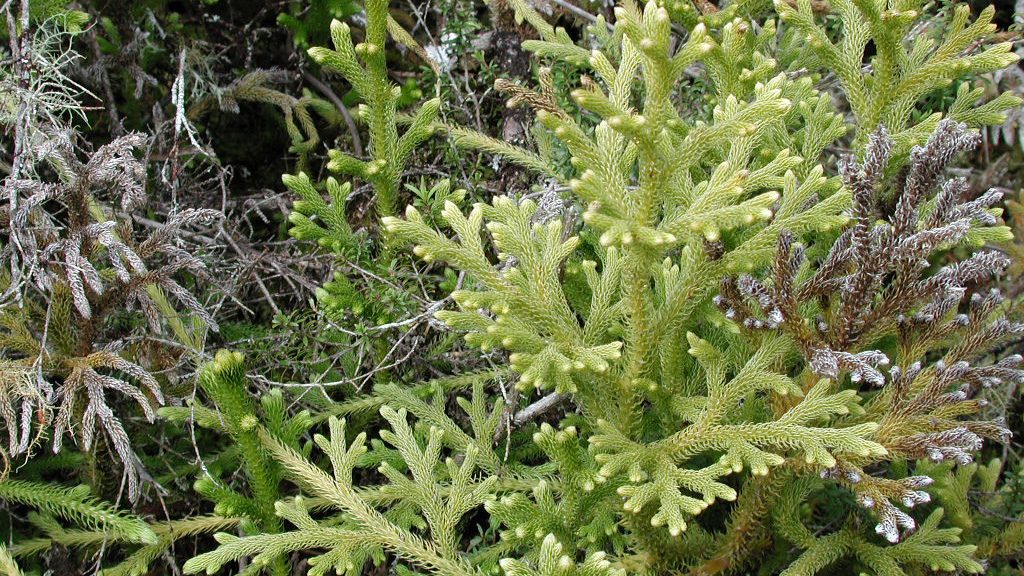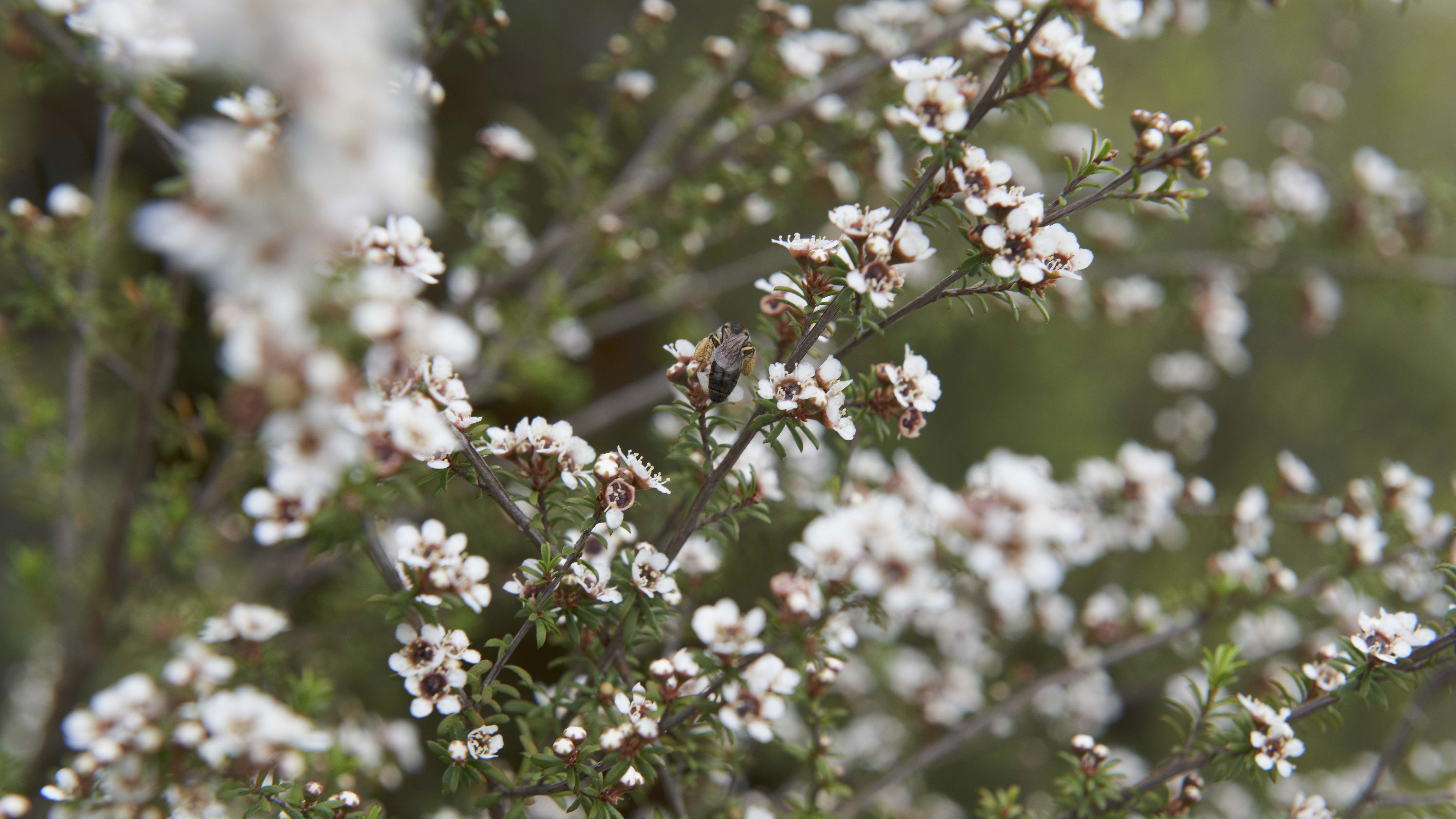Dama wallabies are pushing their way into the Waikato from the Bay of Plenty region at an estimated rate of 0.8 kilometres per year. If left unchecked, it is estimated that one third of the North Island will be subjected to the impacts of the pests in less than 50 years.
Why are wallabies a pest?
Since dama wallabies were first released near Lake Okareka in 1912, they have spread to occupy over 200,000 hectares across the Bay of Plenty and parts of the Waikato. There is a similar issue with Bennett’s wallabies in the South Island. It has been estimated that, if left unchecked, wallabies could spread across one third of the New Zealand by 2065.
Wallabies eat seedlings, grass and crops, causing costly losses to forestry and farming by competing for pasture with stock and damaging forestry seedlings. They also target the same native plant species as deer, so the combined impact of both animals on long term health and structure of native forests can be devastating.
Wallaby control in New Zealand
In 2020, government funding through the Ministry of Primary Industries resulted in the creation of the national wallaby programme, Tipu Mātoro Wallaby Free Aotearoa.
Tipu Mātoro is a partnership that includes iwi, regional councils, the Department of Conservation, Forest & Bird, Federated Farmers, LINZ, farmers and other landowners.
The programme currently focuses on controlling wallabies outside ‘containment areas’, which are areas where wallabies are already well established. In the North Island, the containment area is within the Bay of Plenty region, near the border with Waikato.
Wallabies can be difficult to detect as they are both shy and nocturnal. Wallaby can be found in both native and exotic forest, preferring habitat with access to pasture or open grassy areas and/or sunny clearings. The presence of wallabies can be confirmed using certified detection dogs, trail cameras and, more recently, UAVs (drones) carrying thermal cameras.
Night shooting can be a very effective means of control. By using night vision and/or thermal scopes and suppressed rifles, wallabies can be located and shot in total darkness without alerting other wallabies nearby.
Night shooting operation at Waiotapu and Maunga Kakaramea
Night shooting will be carried out at Waiotapu and on Maunga Kakaramea (Rainbow Mountain) during May 2023, between 6pm and 6am, to reduce wallaby numbers and prevent their spread further south. Tracks and roads, which intersect with wallaby tracks and have open, grassy patches for grazing, will be the focus areas of the operations.
The presence of wallabies in the Waiotapu/Maunga Kakaramea area has been confirmed using certified wallaby detection dogs.
This area is near the Waikato region's border with the Bay of Plenty, and south of the wallaby containment area in the North Island.
Control in this area will help with the national programme's objective to eliminate outlier populations of wallabies (those not within containment areas), which will then make eradication possible.
Control in this area will also help protect the understorey and regeneration of forest canopy within the maunga and Waiotapu scenice reserves, which include cycle and walking tracks, the Waiotapu Thermal Wonderland, Lady Knox Geyser, the Champagne Pool and Kerosene Creek thermal waterfalls and water holes.
Geothermal areas are home to distinct and unique collections of plants (a prostrate variety of kanuka, rare tropical ferns, mosses and orchids), animals and micro-organisms.
Nearly a quarter of the Waikato region’s geothermal vegetation is found at Waiotapu.






